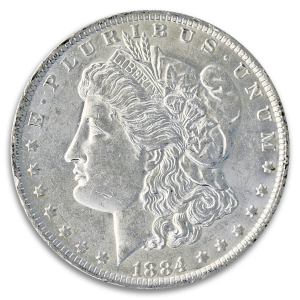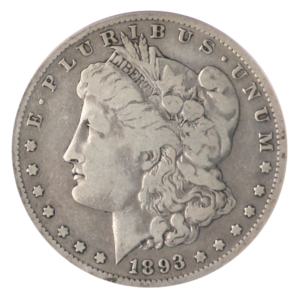1888-O Morgan $1 NGC MS64
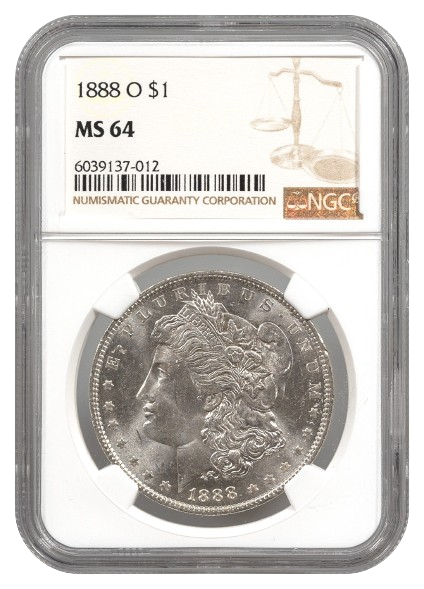


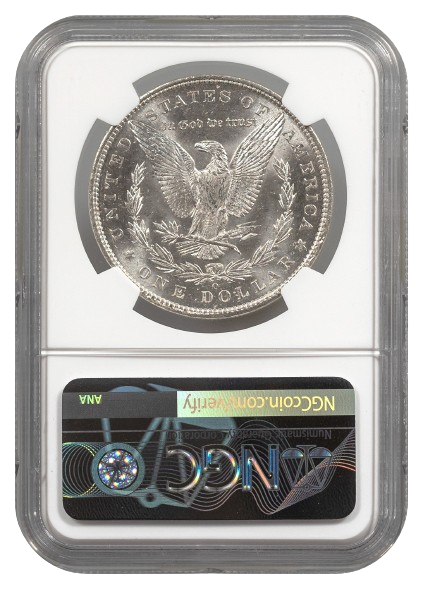

In 1873, legislation sponsored by supporters of a Gold Standard was passed and one of the consequences was that the silver dollar coin, first struck by the Mint in 1794, was eliminated. But that legislation remained in force for only five years.
By 1878, the Bland-Allison Coinage Act, which was supported by farmers, merchants, and silver miners, was passed and became law. The Act accomplished several objectives. First was to restore the striking of a silver dollar coin. Even more importantly, the Coinage Act of 1878 required that the Secretary of the Treasury was mandated to purchase $2 million dollars of newly mined silver from Western mining interests.
These new silver dollar coins were struck beginning in 1878 and ending in 1904. Because there was a shortage of silver after World War I, these silver dollar coins were struck for one additional year, in 1921.
The new silver dollar coin was designed by George T. Morgan, who served as the Assistant Chief Engraver of the United States Mint. Morgan designed both sides of this brand new coin.
Morgan’s obverse design depicted a representation of Miss Liberty, facing to the left. She wore a Phrygian cap, or slave cap on her head, as well as a crown made of cotton and wheat. She also wore a headband upon which the word “LIBERTY,” was inscribed. The upper periphery of the obverse is inscribed with “E PLURIBUS UNUM.” The date of striking was placed on the lower periphery. In between that motto and the date were thirteen six-pointed stars – seven on the left side, six on the right.
His reverse design displayed an American Bald Eagle, facing to the left, and the eagle’s wings are outstretched and raised upward. The motto, “IN GOD WE TRUST,” is positioned between the eagle’s wings. The eagle is centered within an olive wreath on the reverse. It holds three arrows in one talon, and an olive branch in her other. On the upper periphery is “UNITED STATES OF AMERICA,” and the denomination “ONE DOLLAR,” is displayed on the lower periphery.
This coin was dated 1888, and it was struck at the New Orleans Mint, so there is an “O” mintmark underneath the eagle. The New Orleans Mint struck a mintage of 12,150,000 silver dollar coins during that year.
This coin is graded as MS64 by the Numismatic Guaranty Corporation (NGC), one of the three most desirable grading services in existence.
Simply click the “Add to Cart” button now or call 1-800-880-4653 to speak to one of our highly trained numismatists, who will be happy to assist you.
By 1878, the Bland-Allison Coinage Act, which was supported by farmers, merchants, and silver miners, was passed and became law. The Act accomplished several objectives. First was to restore the striking of a silver dollar coin. Even more importantly, the Coinage Act of 1878 required that the Secretary of the Treasury was mandated to purchase $2 million dollars of newly mined silver from Western mining interests.
These new silver dollar coins were struck beginning in 1878 and ending in 1904. Because there was a shortage of silver after World War I, these silver dollar coins were struck for one additional year, in 1921.
The new silver dollar coin was designed by George T. Morgan, who served as the Assistant Chief Engraver of the United States Mint. Morgan designed both sides of this brand new coin.
Morgan’s obverse design depicted a representation of Miss Liberty, facing to the left. She wore a Phrygian cap, or slave cap on her head, as well as a crown made of cotton and wheat. She also wore a headband upon which the word “LIBERTY,” was inscribed. The upper periphery of the obverse is inscribed with “E PLURIBUS UNUM.” The date of striking was placed on the lower periphery. In between that motto and the date were thirteen six-pointed stars – seven on the left side, six on the right.
His reverse design displayed an American Bald Eagle, facing to the left, and the eagle’s wings are outstretched and raised upward. The motto, “IN GOD WE TRUST,” is positioned between the eagle’s wings. The eagle is centered within an olive wreath on the reverse. It holds three arrows in one talon, and an olive branch in her other. On the upper periphery is “UNITED STATES OF AMERICA,” and the denomination “ONE DOLLAR,” is displayed on the lower periphery.
This coin was dated 1888, and it was struck at the New Orleans Mint, so there is an “O” mintmark underneath the eagle. The New Orleans Mint struck a mintage of 12,150,000 silver dollar coins during that year.
This coin is graded as MS64 by the Numismatic Guaranty Corporation (NGC), one of the three most desirable grading services in existence.
Simply click the “Add to Cart” button now or call 1-800-880-4653 to speak to one of our highly trained numismatists, who will be happy to assist you.
| Specifications | |
| Year | 1888-O |
| Denomination | One Dollar |
| Grade | MS64 |
| Country | United States of America |
| Grading Service | NGC |
| Weight | .77344 |
| Fineness | .900 Fine Silver |
| Diameter | 38.1 mm |
| Manufacturer | The United States Mint |





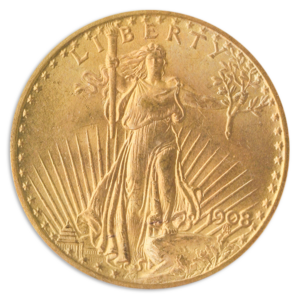
 Quick View
Quick View